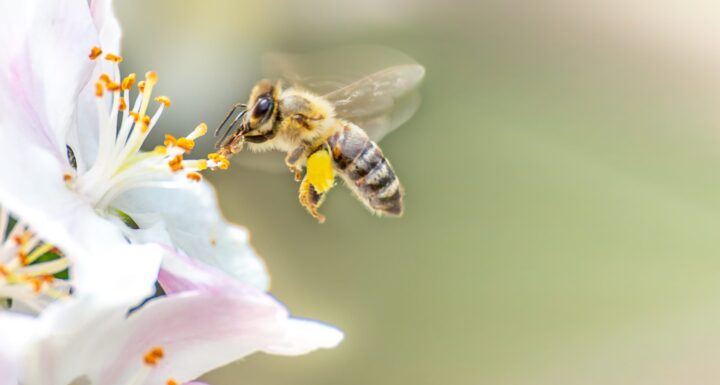Adhesive material from Ithaca College has special proteins that make it strong and flexible.
Benefits
- Flexible
- Increased strength
- Biocompatible
Applications
- Medical adhesives
UN Sustainable Development Goals Addressed
-

Goal 3: Good Health & Wellbeing
The Challenge
After surgeries and other medical procedures, the broken skin is patched back together with stitches or staples to assist in healing. Both of these methods lead to scarring and a greater chance of infection due to the damage caused to the skin.
Innovation Details
The adhesive material is a unique hydrogel that contains synthetic recombinant versions of the proteins found in slug adhesives. These proteins bind with other proteins to form a three-dimensional network. This network is stiff but contains sacrificial bonds to absorb energy, protecting the underlying carbohydrates within the hydrogel. Additionally, there are chemical bonds within the network that can be changed to modify the glue’s strength. Overall, the adhesive is strong yet flexible, and is safe for use in medical applications.

Biological Model
Slugs have a slimy coat that leaves a trail of slime as they move. When a slug needs to protect itself against a predator, it adds certain proteins to its natural slime to convert it into a harmful adhesive. The adhesive traps predators and prevents them from eating the slug.





